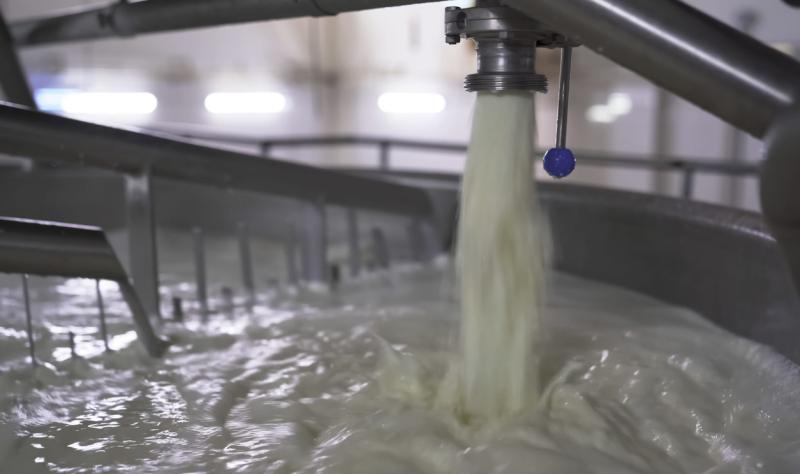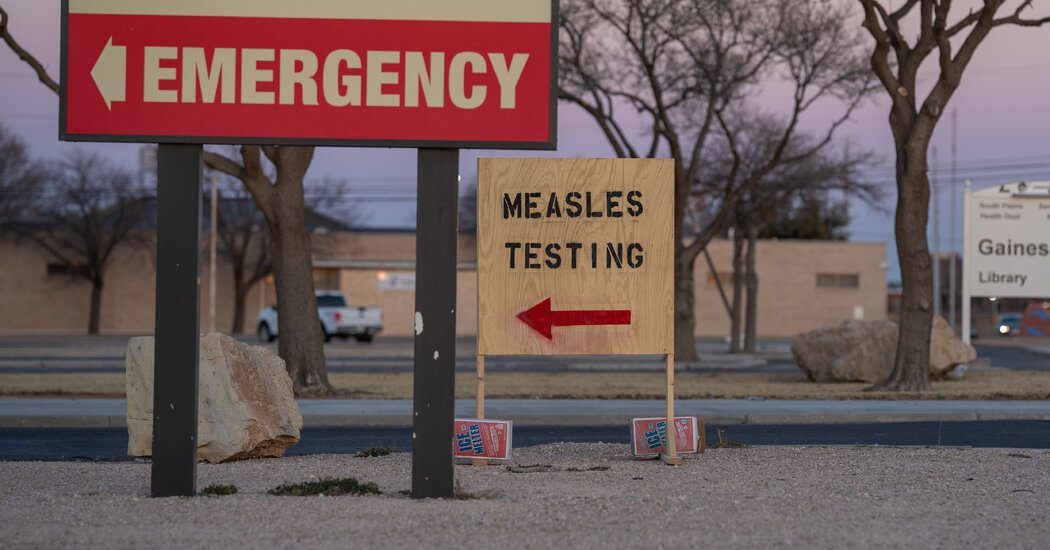
In a concerning development, national milk testing has revealed a second instance of H5N1 avian influenza affecting dairy cattle within just over a week. Investigators have traced this latest detection to a dairy herd located in Maricopa County, Arizona.
In related news, agricultural authorities in Oregon and Washington have issued warnings to pet owners about the dangers of raw pet food. This caution follows tests on sick domestic cats from various households in Multnomah County, which indicated that their illnesses were linked to contaminated food from a specific brand.
Additionally, amid a rising wave of outbreaks in commercial poultry, the United States Department of Agriculture (USDA) has granted conditional approval for an H5N2 avian flu vaccine developed by Zoetis, intended for use in poultry.
Arizona Dairy Herd Shows No Symptoms Despite Positive Milk Test
On February 14, Arizona officials reported that the state’s agriculture department, along with the USDA Animal and Plant Health Inspection Service (APHIS), identified the presence of H5N1 in milk from a dairy herd in Maricopa County.
Authorities noted that the detected virus belongs to the D1.1 genotype, and thus far, the cattle have not displayed any symptoms. This detection follows a similar incident in Nevada, where milk sampling confirmed the virus in dairy herds in Churchill County; clinical symptoms in those cows only developed after the virus was identified. Nevada also documented its first human case of H5N1, involving a dairy worker exposed to the affected cows.
The D1.1 strain is widely seen in North American wild birds and has contributed to a spike in poultry outbreaks impacting both commercial and backyard flocks. This genotype differs from the B3.13 strain primarily responsible for earlier dairy cow outbreaks over the past year.
In a statement on February 14, APHIS indicated that the detection of the D1.1 genotype aligns with its prevalence, noting that genetic analysis suggests this strain represents a new introduction to dairy cattle—marking the third occurrence of its kind. “This finding may highlight an increased risk of highly pathogenic avian influenza (HPAI) entering dairies via wild birds,” they stated, urging dairy producers to enhance biosecurity measures and to report any unusual illnesses or wildlife deaths to their state veterinarians.
In its latest report on avian influenza in dairy cattle, APHIS confirmed five additional cases, including the Arizona herd, with the other cases originating from California. This brings the national total to 972 confirmed cases, with 747 from California alone.
Raw Pet Food Linked to Illnesses in Oregon Cats
Following findings from earlier investigations in California about H5N1 infections in domestic cats, agricultural departments in Oregon and Washington have revisited warnings surrounding raw pet food. Their latest inquiry into two cats’ illnesses in Oregon revealed that both cats had been fed the same brand of raw food.
The affected cats hailed from different households in Multnomah County. After consultations with veterinarians, their owners made the difficult decision to humanely euthanize them due to the severity of their illnesses. The Oregon investigation confirmed that both cats had consumed the same type of raw food before falling ill. Samples were collected from the cats, as well as unopened food containers, and subsequent testing by state and federal authorities confirmed the presence of H5N1 in both cat and food samples.
This prompted a consumer alert from the Washington State Department of Agriculture regarding the potential avian flu risk in select lots of pet food produced by Wild Coast Raw, located in Olympia, Washington. This alert specifically affects two lots of their boneless free-range chicken formula sold in 24-ounce plastic containers.
Conditional Vaccine Approval Enhances Outbreak Mitigation Efforts
In more positive news, Zoetis, based in New Jersey, announced on February 14 that the USDA’s Center for Veterinary Biologics has conditionally approved its killed-virus H5N2 avian flu vaccine for chickens.
The decision regarding the vaccine’s use will be left to national regulatory authorities and the poultry industry. Dr. Mahesh Kumar, the company’s senior vice president for global biologics research and development, stated that Zoetis has been refining its vaccine since H5N1 began spreading in U.S. poultry in early 2022. The company had previously received a contract for the National Veterinary Stockpile, and the vaccine was utilized in 2023 to protect endangered California condors.
Last year, lawmakers from South Dakota urged U.S. officials to initiate discussions on updating trade agreements to potentially accommodate poultry vaccination strategies. While some nations, such as China, routinely vaccinate their poultry, others have maintained a cautious stance due to concerns that vaccination could obscure ongoing viral circulation. Consequently, many countries restrict imports of poultry from regions where vaccines are utilized in commercial settings.
In a policy brief released at the end of 2023, experts from the World Organization for Animal Health (WOAH) asserted that the rapid proliferation of the virus necessitates a reevaluation of existing control measures, as current strategies may prove insufficient.
Ongoing Poultry Outbreaks Across Four States
As outbreaks continue to surge, APHIS has recently confirmed additional H5N1 cases in poultry across four states, including Indiana, where two new large outbreaks have been reported at layer farms, alongside incidents at a turkey farm and a backyard facility. The virus has also been confirmed at turkey farms in Iowa and Ohio, as well as a commercial farm in California.
Since early 2022, these outbreaks have resulted in the loss of over 162 million birds across all 50 states and Puerto Rico, contributing to ongoing egg shortages and inflated egg prices.









